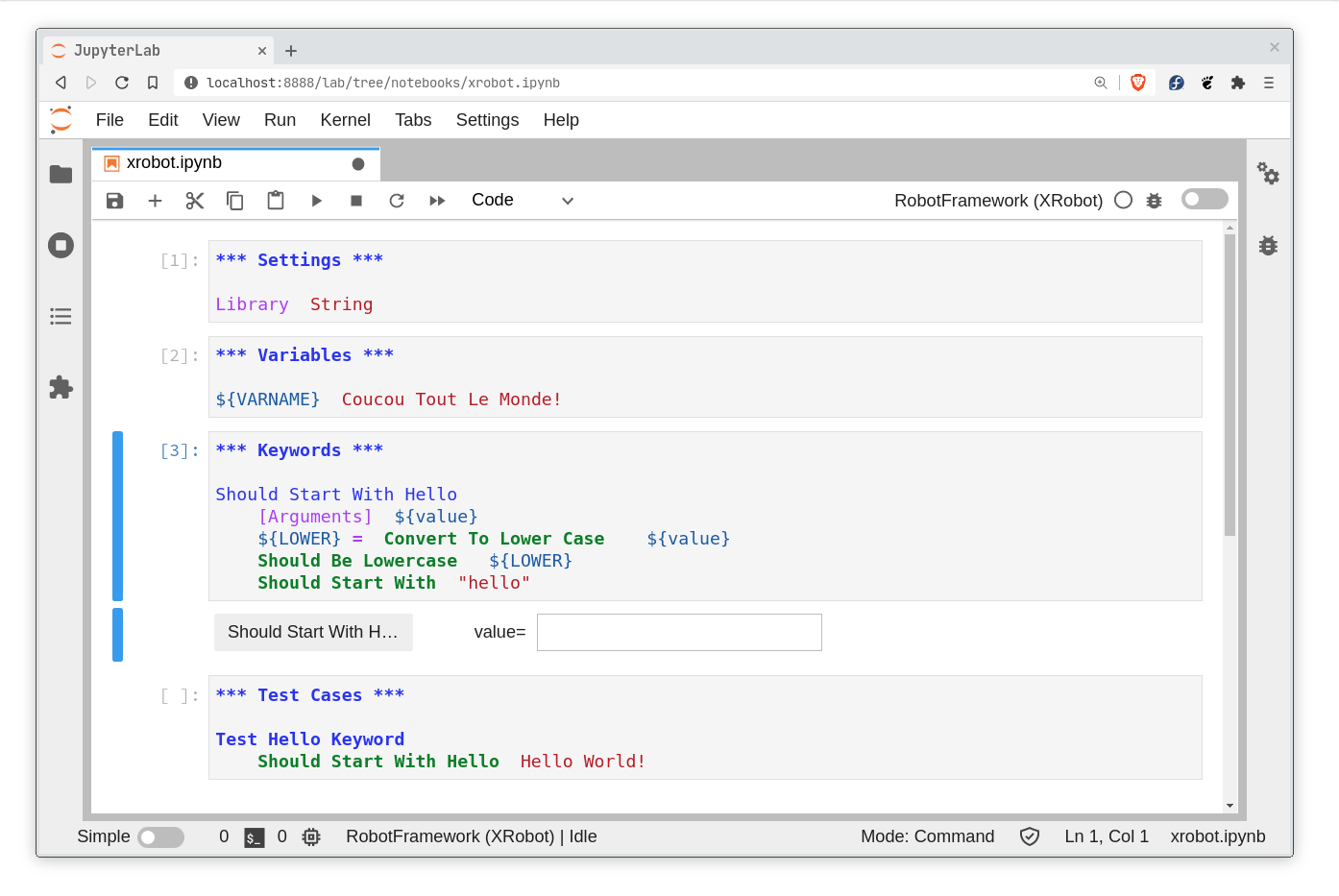

In order to improve upon this situation he laid the foundation for a notebook environment by building IPython (Interactive Python), a command shell for interactive computing. In 2001 Fernando Pérez was quite dissatisfied with the capabilities of Python’s interactive prompt compared to the commercial notebook environments of Maple and Mathematica which he really liked.

This will also clarify the confusion people sometimes have over IPython, Jupyter and JupyterLab notebooks. In this blog post I will introduce several best practices and techniques that will help you to create notebooks which are focused, easy to comprehend and to work with.īefore we get into the actual subject let’s take some time to understand how Project Jupyter evolved and where it came from. Notebooks that need you to tamper with the PYTHONPATH or to start Jupyter from a certain directory for modules to import correctly. Also sharing these notebooks is quite often an unnecessary pain. In strong contrast to this, and actually more often to find in practise, are notebooks with cells containing pages of incomprehensible source code, distracting you from the actual analysis.
Conda jupyterlab code#
Notebooks that are beautifully designed and perfectly convey ideas and concepts by having the perfect balance between text, code and visualisations like in my all time favourite Probabilistic Programming and Bayesian Methods for Hackers. But as Pythagoras already noted “If there be light, then there is darkness.” and with Jupyter notebooks it’s no difference of course.īeing in the data science domain for quite some years, I have seen good but also a lot of ugly. Due to this unique characteristic, Jupyter notebooks have achieved a strong adoption particularly in the data science community.

This combination makes it extremely useful for explorative tasks where the source code, documentation and even visualisations of your analysis are strongly intertwined. Python and R, as well as rich text elements like paragraphs, equations, figures, links, etc. In a nutshell, a notebook is an interactive document displayed in your browser which contains source code, e.g. If you have ever done something analytical or anything closely related to data science in Python, there is just no way you have not heard of Jupyter or IPython notebooks.


 0 kommentar(er)
0 kommentar(er)
